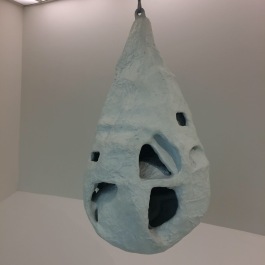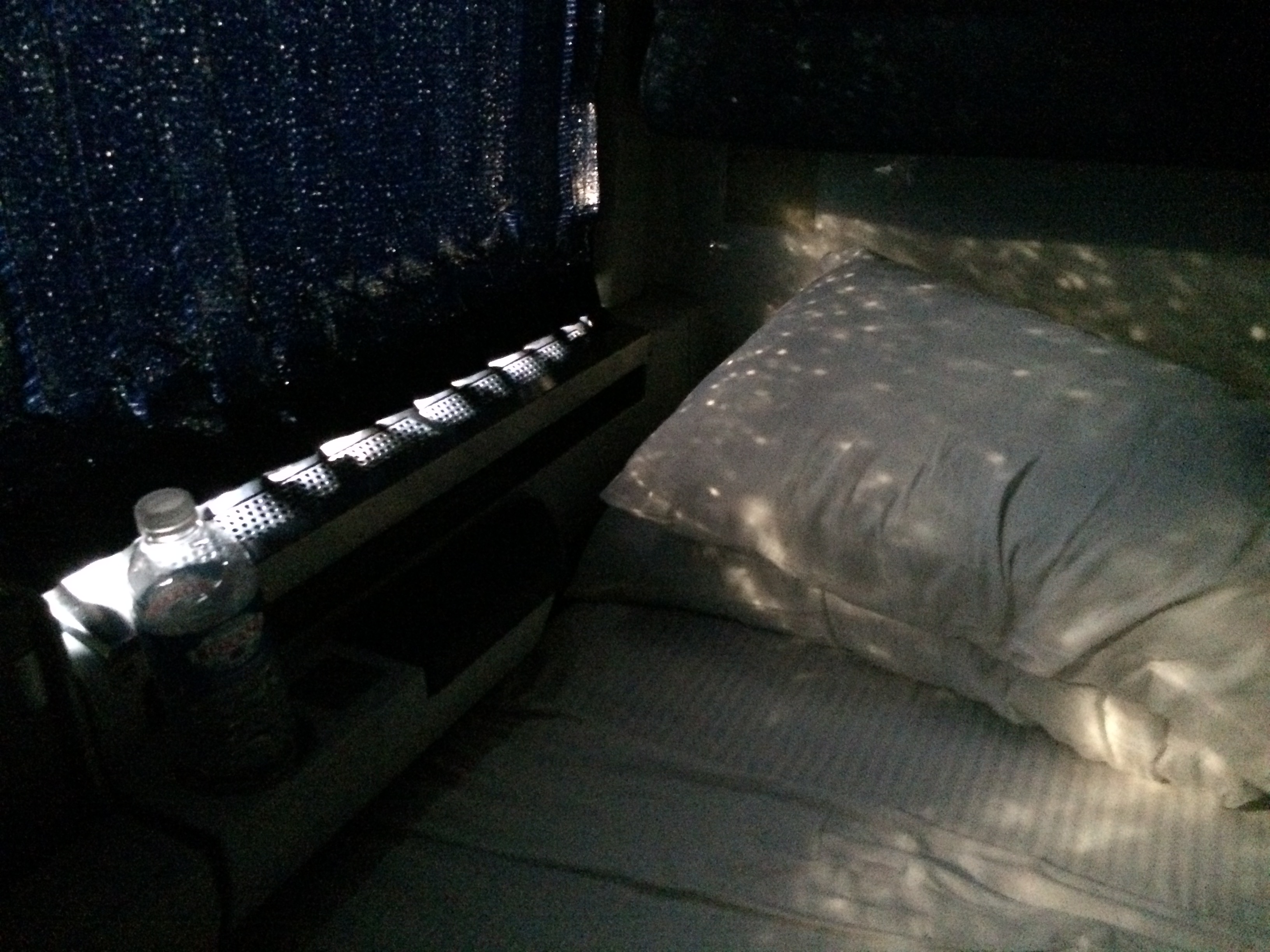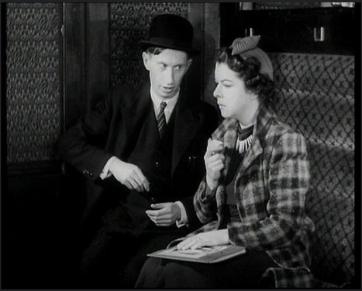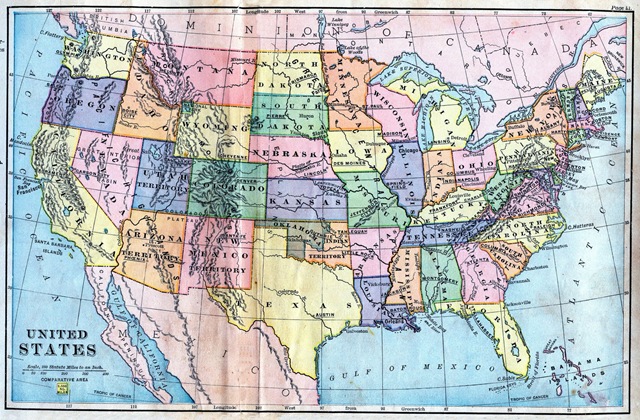Even after living in France for eight years, already aware of the differences between Paris and Midwestern America, I still feel a shock of some kind when I go home for a visit. A culture shock, naturally.
It’s mostly details like what people are wearing in Chicago, where my plane lands—a lot less black, way more baseball caps—and other things like hearing English all around me and noticing strangers smiling at each other and striking up conversations. Although it can be hard to distinguish culture shock from the disorientation I feel after so many hours of travel on no sleep.
This kind of reverse culture shock tends to fade after a day or two once I re-accustom myself to my former everyday landscape. I shouldn’t even call it shock, since I know about and expect these differences.
But during my last visit earlier this summer, the differences stood out more. I also became more observant of all the little things that had changed in my hometown since I first left. Improbable new flavors of Mars Bars and M&Ms at checkout counters. A laundromat that had become an electronic cigarette shop and a parking lot that used to be a pizzeria. New teenage clothing styles I hadn’t seen before. And most disconcertingly, large flat-screen monitors at the train station playing mass-shooting survival instructions on a loop.
And then I had a strange experience that went to another level.
I’d been cozily isolated at my parents’ house in rural Wisconsin for a week or two, not venturing into town much but spending time with family and taking advantage of the large kitchen to try out new recipes. A visit to my sister in Minneapolis was next on the agenda. While there I planned to use my American debit card for the first time in over a year, and I needed to stop by my bank to reset the PIN number.
I felt fine as I stepped into the nearly empty branch office, where I was greeted by a tall, solidly built man in his 30s who looked inordinately happy to see me. A dark-haired young woman behind a counter seemed to share his feeling. As the only customer on the premises, I was the sole focus of their attention. Suddenly unnerved, I stopped where I was for a moment, halfway between the door and the counter, attempting to collect myself while the two of them continued smiling broadly in my direction as if I were a celebrity. This was of course completely normal, I knew, especially in a semi-rural area of the Midwest. I’d been greeted like this in the US countless times before moving to France, but this attentiveness now struck me as aggressive. Still, I went up to the woman to explain what I was there for, hoping I could get the PIN number changed without too much delay.
“How are you doing today?” the woman asked, before I could speak. I almost narrowed my eyes at her. How can she be so personal when we’ve never met until this moment? And yet, on infinite occasions in my life, I reminded myself, strangers had inquired as to my well-being and I’d never been bothered. In fact, it was nice that she’d asked. Feeling more and more out of place, I managed to react as a normal American would, telling her I was fine and returning the question before getting into my problem with the debit card.
The English words felt strange in my mouth. They tumbled out so easily, no advance thinking required, but it was as if someone else were speaking. Using the word “you” to address this woman also felt odd, overly intimate. But there is no vous in English, no formal version to use at a bank. My reflex was to reach for an alternate word that just wasn’t there.
For a debit card problem I would need to speak with Doug over there, the woman informed me. She motioned to a corner, bracelets clinking, and I turned to see the tall man grinning at me from the entrance to his padded cubicle.
After shaking his hand and going through another how-are-you-good-and-you, I dutifully sat down, with a growing sense of unease, in front of Doug’s desk while he called up my account details on his computer. This took a few moments, which gave him time for chitchat. “So, what are your plans for the weekend?”
What? My mind raced. Why would he ask that? The question took me off guard—it felt invasive and wrong, the way it would if someone you’d just met at a dinner party asked you to state your yearly income. I fidgeted with my cardigan, pulling one side up over the other. “I’m spending a few days in Minneapolis with my sister,” I confessed, lacking the presence of mind to make up an alternate story but feeling a bit violated. Come on, I told myself, he’s just being friendly like everyone else here. I got more flustered and began inspecting my nails.
“Small world—I’m going there myself tomorrow to see some old college buddies,” Doug replied. “We’re going to the beer festival. Have you been to the Twin Cities before?”
Somewhere around this point, I felt myself doubling, the two versions gliding gently apart. The American me recovered her senses and answered all of Doug’s interrogations without missing a beat. Yes, I’d been to Minneapolis many times since my sister moved there. Yes, I did like the city and yes, we did indeed have fun things planned to do during my stay. The non-American me—I prefer this to the overly restrictive “French me”—was appalled at his presumption and mentally crossed her arms over her chest. What’s it to him if I’ve been there before? What’s he after anyway? Say you’ll be really busy so he doesn’t get any ideas. Say it!
Meanwhile, American me kept blabbing on. She made a final few remarks about the size of the art museum and the nice restaurant scene in Minneapolis before moving on to the second order of business, Doug in the meantime having accessed my account: finding out how to deposit a check remotely. He explained that I could download the bank’s app and just scan it. “Here, let me show you.”
American me turned on her phone and went to the App Store but remembered she had no network in the US with her French phone plan. “The coffee shop just next door has Wi-Fi,” Doug volunteered. “You can download it over there. I’ll go with you if you like.” Non-American me poked American me in the shoulder, a little too hard. Why would he go so far out of this way? We’d better get out of here!
The encounter ended without incident and I was soon on the train to Minneapolis, musing over my bizarre experience. I’d inhabited two consciousnesses at once and had two simultaneous reactions. Two identities superimposed in the same body. Clearly, this Doug hadn’t had any ulterior motives and was just being American-friendly. If he’d been after something else, American me would have detected it. But non-American me was taken aback by his approach, automatically filtering it through the prism of what would be normal in France, and couldn’t help wondering what he was up to. At the very least, she was so unused to a stranger showing an interest (however artificial) in her personal life that she was disturbed.
For the first time, I had experienced American culture directly through foreign eyes, having the visceral reactions of a non-American myself rather than just imagining what a foreigner would feel. The new identity I’d unintentionally developed over the past eight years could not so easily be set aside.
Even if unfamiliar with French culture, you’ll have deduced from this story that customer service in France, where I live, is quite different from the American approach. In France, the public-facing employee’s default behavior is businesslike straightforwardness largely devoid of emotion, an attitude that often strikes Americans as cold or rude (but actually is not). In your everyday life in France, whether you’re buying bread at the bakery or trying to return the wrong size shoes at a department store, you’ll usually be assisted by no-nonsense individuals who greet you courteously but don’t act like they want to be your friend. There’s no “How are you?” because that would be nosy.
Customer service people in France will never fall all over themselves to assist you. If fact, they may help you only reluctantly and after they are good and ready. If you’re standing at a grocery store check-out, your items on the conveyor belt in full view of a cashier busy stocking a shelf, they won’t come over until they’re done. And this isn’t meant to offend; there’s just an understanding here that customers need to be reasonable and patient.
Smiling is very rare. Even catcalling men on the streets of Paris have never told me to smile—a common demand made by their American counterparts. (What do they say, you ask? Just last week, one of them trampled upon all the rules of civilized society and yelled Bonjour! Ça va? at me.).
To be fair, most of my experiences with France are concentrated in Paris, and as any non-Parisian will tell you, this city is not representative of all of France. Like in most countries, attitudes in smaller towns tend to be friendlier than in large cities. Parisians themselves are aware of their general reputation for unfriendliness. In a short comedy sketch from 2003 titled “Pas facile de s’intégrer”, French actor Omar Sy plays a Malian immigrant who quickly learns his natural friendliness is unwelcome in Paris. He decides to assimilate to the new culture, becoming just as grouchy, unhelpful and unapologetic as everyone else—a move that earns him the approval and respect of his French next-door neighbor.
In the US, people working in customer service are expected (by their managers, by society) to be very friendly, smile a lot and make small talk, just as the people at my bank did. This is famously interpreted by many non-Americans—not just the French—as fake and superficial, since they suspect these people are not really so happy to see them. Yet when you know the culture, you understand that there isn’t any duplicity in it as the other players of the game (other Americans and people living in the US) already know that it isn’t meant to be genuine, that the friendliness is intended to last for the duration of the encounter, to create a cheerful ambiance.
Of course, these tendencies are merely the default; exceptions can always be found. Customer service people do sometimes smile in Paris, in an off-guard moment, and I certainly encountered some gruff, grumpy characters during this visit to the US—most notably, and just as genuinely, at the Department of Motor Vehicles. Only the US Postal Service is better than the DMV at showing how being government run equals being unfriendly.
I had a few more culture-difference annoyances during this stay, particularly at restaurants. I myself worked as a restaurant server in the US for years during my university days and completely understand the reasons behind a waiter or waitress’s accommodating—some might say obsequious—manner. But I was more irritated by it this time than during other visits back. I just wanted to be left alone, even if it meant I would have to chase after the waiter in the event of a problem.
And now I will reveal a paradox. In spite of my reactions at the bank and the restaurants in the US, in spite of what I’ve grown accustomed to here in France, friendliness among strangers is what I miss the most about my home country.
My context-independent, innermost feelings about smiling and being friendly are complicated. Despite my nationality, I am by nature a rather solemn, poker-faced individual as well as an introvert, a condition that’s only exacerbated by working at home as a freelancer. So on the one hand, my natural disinclination to smile too easily means that I’m comfortable (to a certain degree) living in a non-smiling place. But on the other hand, I know that smiling can be good for you, physiologically speaking, as long as you don’t feel forced. And it can be contagious, helping lift the moods of people around you even if just by a little. When I’m in the US I find it’s good for me to be prodded by social situations into smiling and opening up a bit rather than staying encased in a shell as I would otherwise, or as I do in Paris due to lack of another option.
I will admit I’ve sometimes given in to the temptation to make small talk in France (strategically, to the right type of person—recall my reaction to Doug), partly out of a real need to talk to someone besides my cat.
If it were up to me, I would probably dial American effusiveness down a bit and turn up the volume on smiling and small-talk in France. Perhaps they would almost meet in the middle?
Just how American am I now? How French/non-American have I become? I’m sure that my inner core is still quite American, having been forged in the US over 30-some years, and that if I were to move back I would shed my non-American reflexes after some time. But for now they’re still firmly in place.
The very last day of my five-week visit, I was back at that same train station with the mass-shooting safety video and nearly collided into a woman coming the other way around a corner. At a speed exceeding that of rational thought, an apology in French rather than English burst out of me. Whatever my cultural behaviors might be, the default public language—and thinking—of my operating system was clearly still set to French.
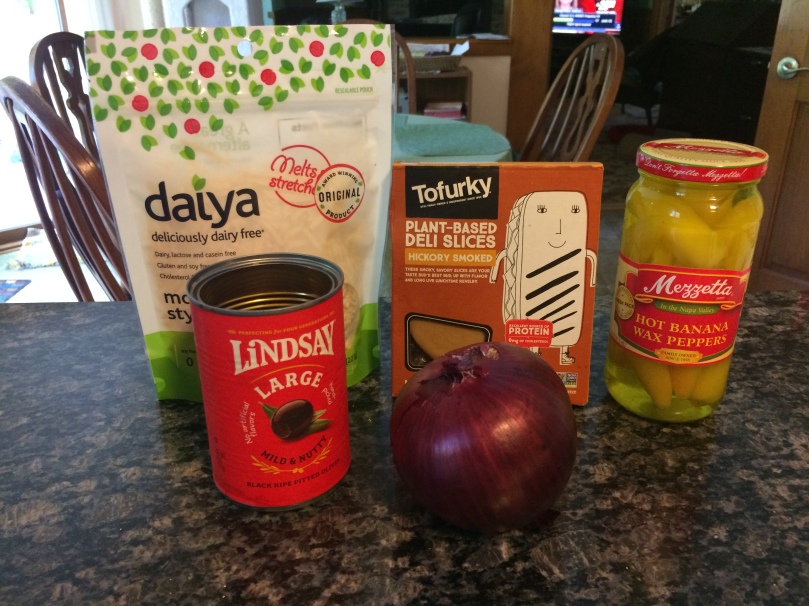
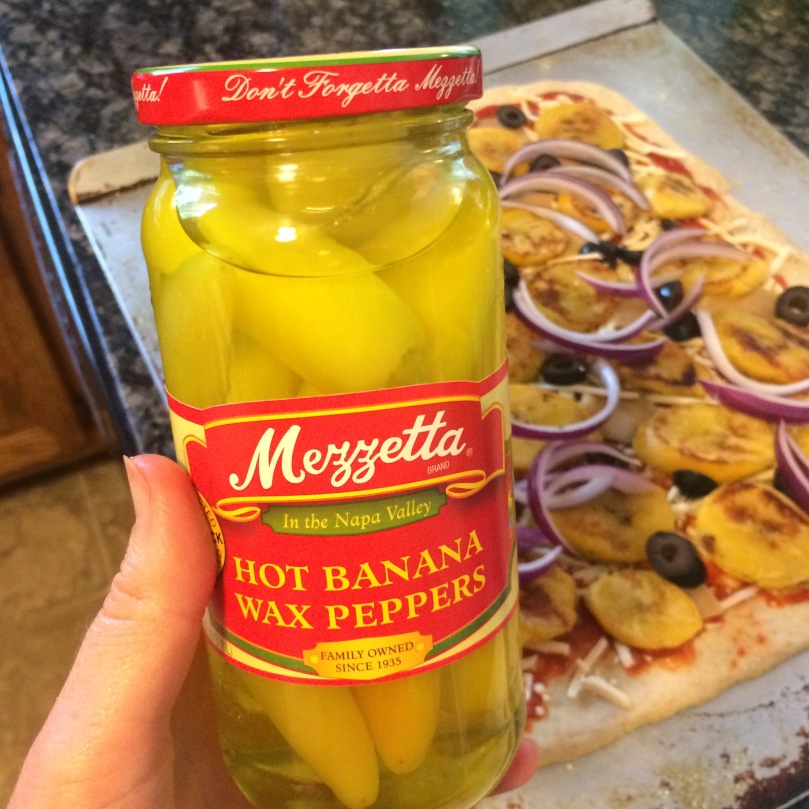






























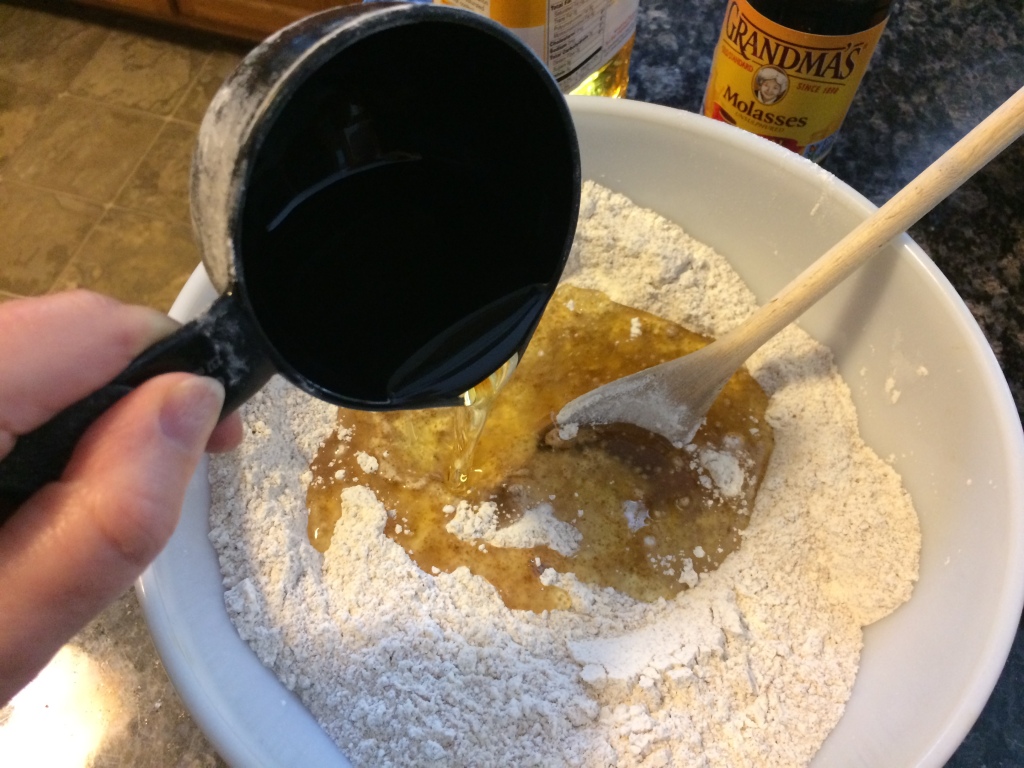





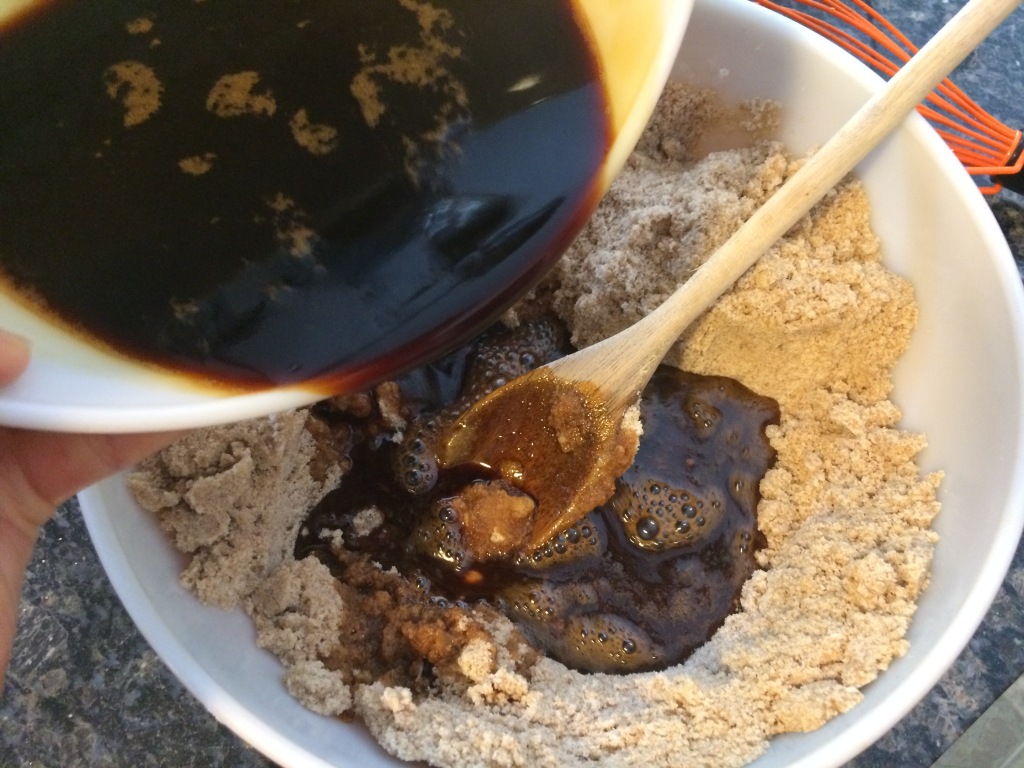
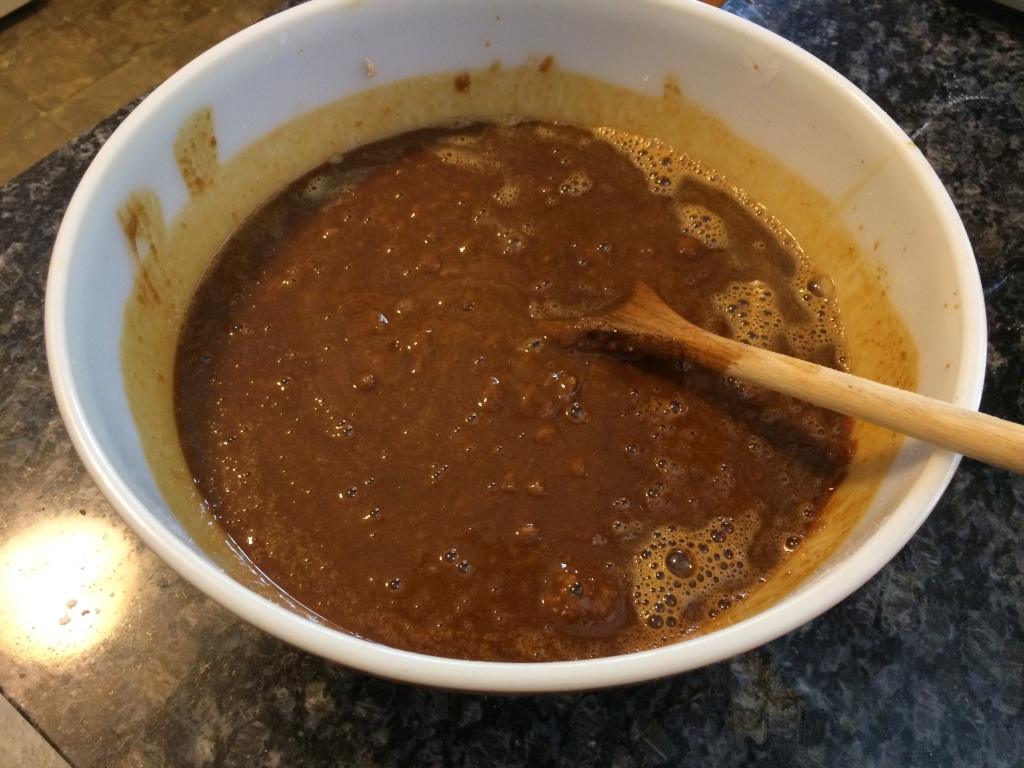









 First, I had the good fortune to be hosted on the Lower East Side of Manhattan by an old friend and former roommate from my undergrad days. Being roommates again was a high point of my stay, reminiscing about the good old days and learning about this new-to-me city from someone who’d already explored it a fair amount.
First, I had the good fortune to be hosted on the Lower East Side of Manhattan by an old friend and former roommate from my undergrad days. Being roommates again was a high point of my stay, reminiscing about the good old days and learning about this new-to-me city from someone who’d already explored it a fair amount. But it turned out that while the reputation Paris has is (generally) well deserved, New York City’s isn’t. Throughout my entire stay, I consistently heard Excuse me, Sorry and Thank you, and on several occasions people spontaneously offered me help when I looked like I needed it. On my way into the city, loaded down with a heavy suitcase, I was looking at a flight of subway stairs in dismay when a passing woman volunteered that there was an escalator a bit further down the hall. Another time, I was sitting on a bench applying band-aids to my blistered heels when another passerby offered to supply me with more band-aids should I need them. And on the train to the airport on my last day, my fellow travelers (who could see from my luggage where I was going) helped me figure out what to do when the train service was temporarily halted, without my even having to ask.
But it turned out that while the reputation Paris has is (generally) well deserved, New York City’s isn’t. Throughout my entire stay, I consistently heard Excuse me, Sorry and Thank you, and on several occasions people spontaneously offered me help when I looked like I needed it. On my way into the city, loaded down with a heavy suitcase, I was looking at a flight of subway stairs in dismay when a passing woman volunteered that there was an escalator a bit further down the hall. Another time, I was sitting on a bench applying band-aids to my blistered heels when another passerby offered to supply me with more band-aids should I need them. And on the train to the airport on my last day, my fellow travelers (who could see from my luggage where I was going) helped me figure out what to do when the train service was temporarily halted, without my even having to ask. But on several occasions, locals actually did strike up a conversation. One afternoon, taking a break from a street art expedition in Brooklyn, I sat down in a café with a matcha latte and pulled Orlando out of my bag. The middle-aged gentleman working on a laptop at the table next to mine took his headphones off to remark on a coincidence: he was in the middle of writing an opera based on another of Virginia Woolf’s books! We spoke for a few minutes about the smallness of the world and the difficulties of adapting stream-of-consciousness literature to a musical form. When I asked when he expected to finish the piece, he chuckled and said sometime in the next decade. We each went back to our respective occupation and, making a mental note to pay more attention to operas, I wondered if he were somebody famous.
But on several occasions, locals actually did strike up a conversation. One afternoon, taking a break from a street art expedition in Brooklyn, I sat down in a café with a matcha latte and pulled Orlando out of my bag. The middle-aged gentleman working on a laptop at the table next to mine took his headphones off to remark on a coincidence: he was in the middle of writing an opera based on another of Virginia Woolf’s books! We spoke for a few minutes about the smallness of the world and the difficulties of adapting stream-of-consciousness literature to a musical form. When I asked when he expected to finish the piece, he chuckled and said sometime in the next decade. We each went back to our respective occupation and, making a mental note to pay more attention to operas, I wondered if he were somebody famous.


 The district has been home to
The district has been home to 
















